
Tom Hicks – Transport for West Midlands commission
Ikon, in partnership with Transport for West Midlands (TFWM), has commissioned Black Country artist Tom Hicks to co-create a new public sculpture with members of the local community at the Cross Street Local Travel Point in Halesowen – a public green space providing options for active and environmentally friendly local travel. We caught up with Tom Hicks for an update on the project.
Can you share some of your design ideas and inspirations for this project?
When I was approached by Ikon and TFWM to create a new sculpture for Halesowen, I felt that this was a perfect opportunity to explore some of the concepts behind Black Country Type via a three-dimensional object.
A key aspect of my artistic practice is that I’m keen to represent the Black Country region as it is now. In early meetings with Ikon and TFWM, I spoke about some key concepts for the artwork.
There is a fine tradition of public sculpture in the Black Country. Much of it celebrates the industrial heritage of the region, particularly its tradition of manufacturing and steel making. These artworks tend to be figurative in nature and typically show the human figure at work.
For this commission, I felt it was a fantastic opportunity to celebrate the post-industrial landscape of the region. The environment I photograph is no longer dominated by brick-built factories and chimneys – the Black Country is home to warehousing, distribution centres, shopping malls and aerospace complexes. I am developing an abstract sculpture that draws upon colour, architecture and surface pattern – features that are commonplace in the region but tend to be overlooked.
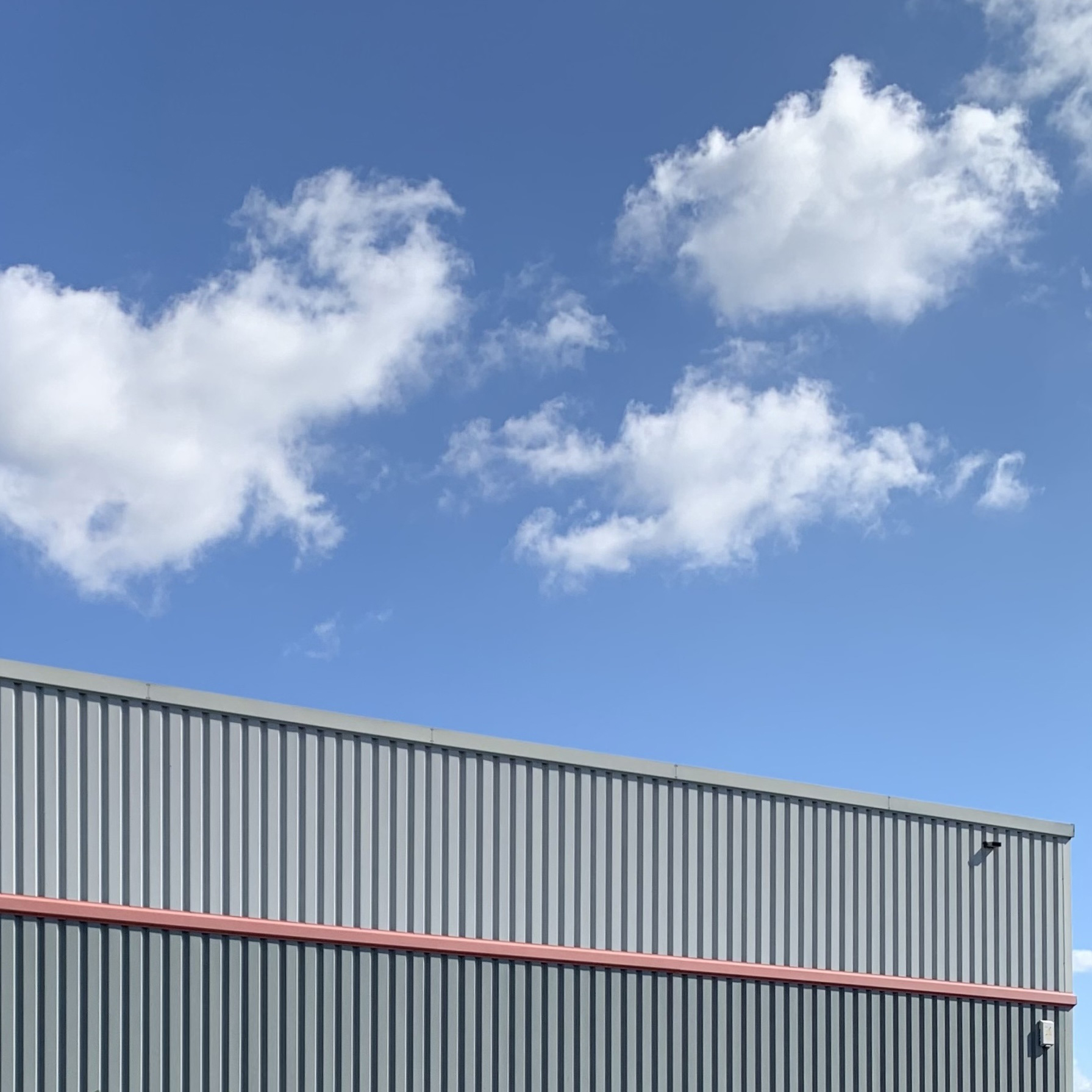
Much of my work explores words in the environment. For me, signage and typography have a wonderful way of locating places in a particular time period. This often ties in with nostalgia and memory. My work also explores the idea of how words can convey a range of meanings and are open to playful interpretation.
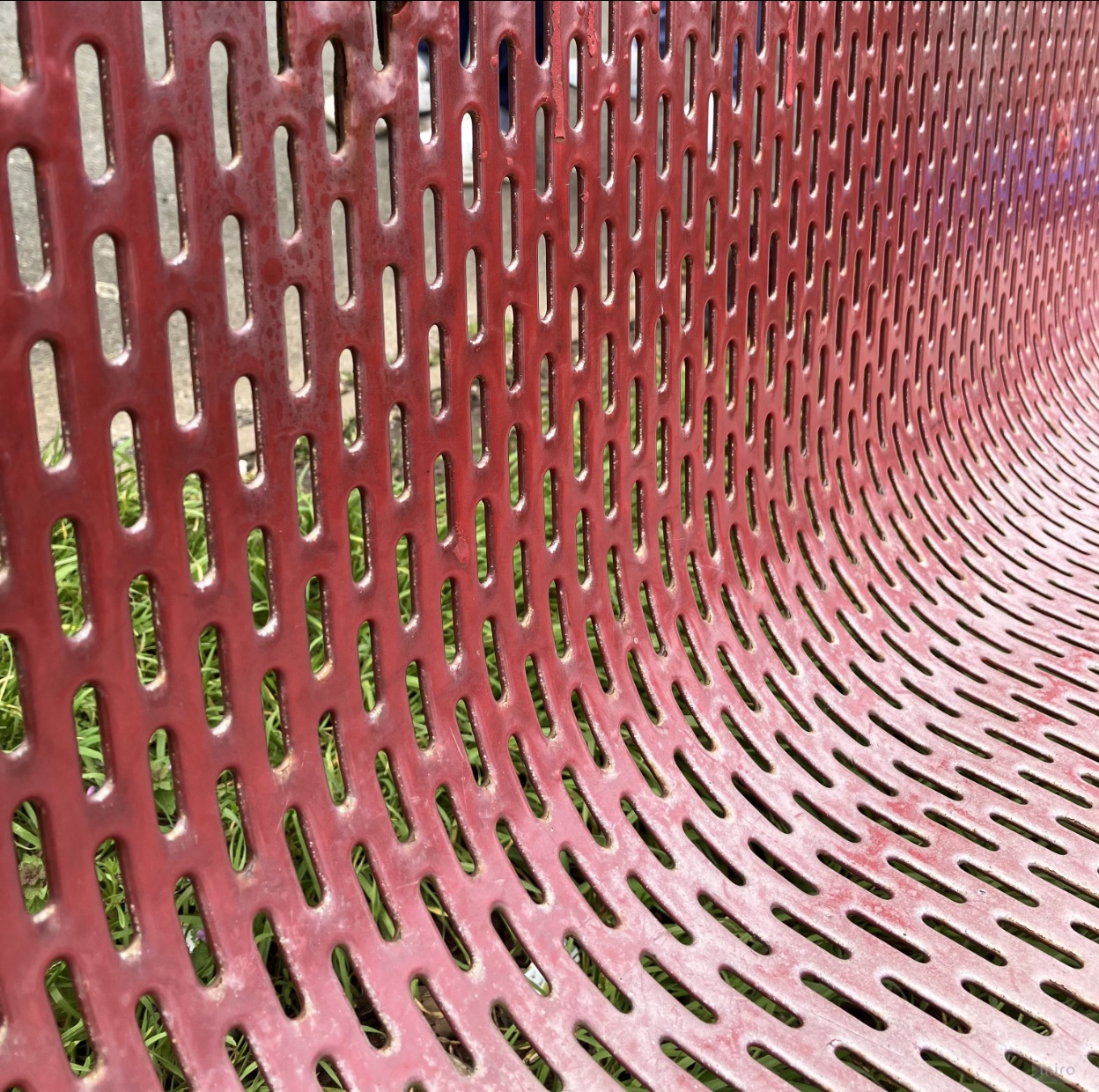
I’m exploring ways in which words can be applied to the artwork and am particularly interested in ways of representing the culture and visual language of Halesowen.
In terms of inspiration for the commission, I’ve been researching the work of architects, designers and artists. I’m interested in people who have created industrial buildings and objects but also in artists who have drawn inspiration from the industrial world (for example, Eduardo Paolozzi).
There is an aspect of my work that is pared down and minimal. Similarly, I love design that is broken down into simple elements; for me this means it doesn’t easily date. Someone who epitomised this approach is Dieter Rams who designed incredible appliances for Braun electronics.
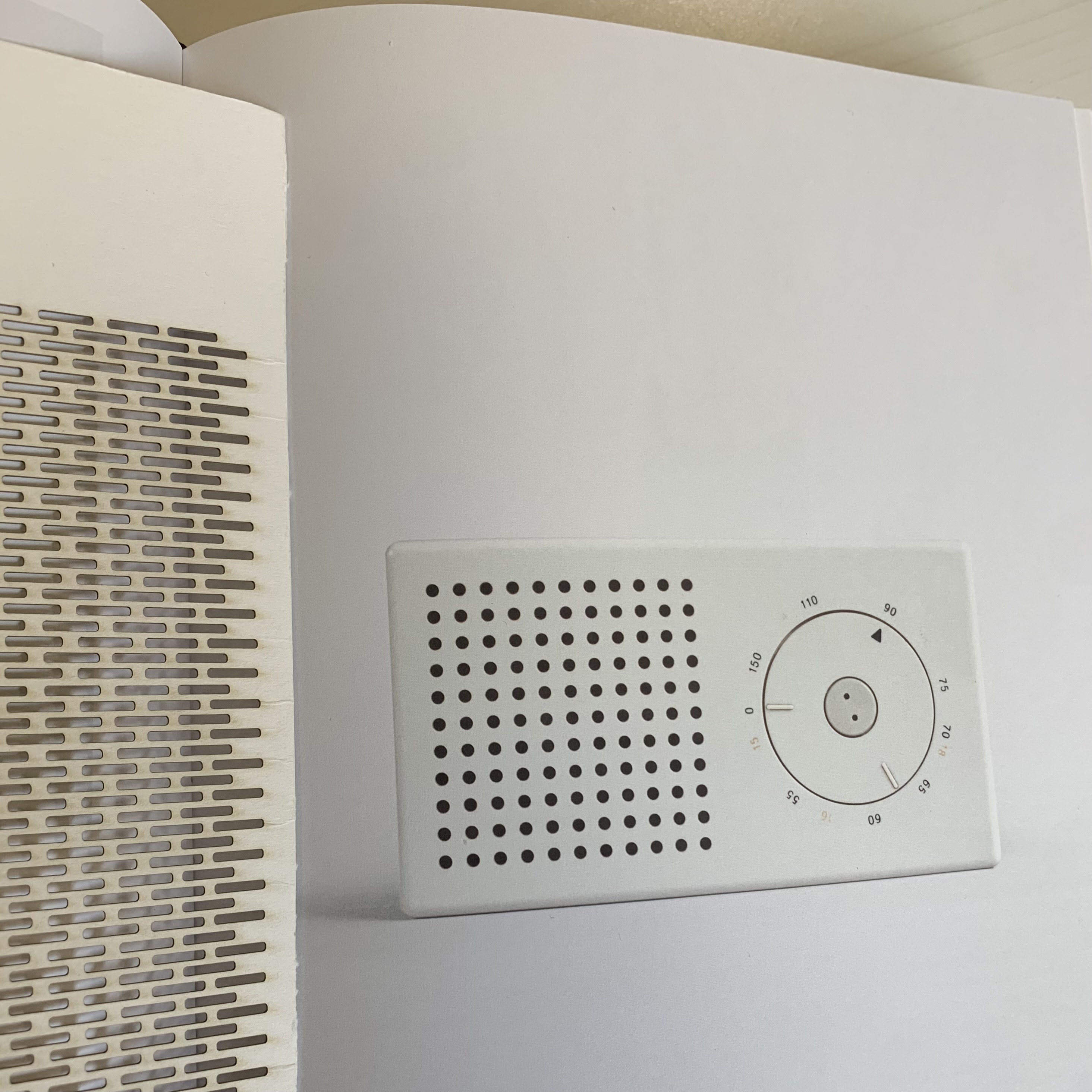
How did people respond to your photo-walks?
I’ve had a wonderful response! I have been organising photo-walks as part of my art practice for some time now – my own photographs are taken on walks and freeform cycles through the Black Country. For this project, I developed a series of walks around Halesowen town centre. We also visited Cross Street, which is where the TFWM travel point will appear.
People have loved the opportunity to take photos in a group situation. I think people are often self-conscious about taking photos alone.
The photo-walks are about looking closely and people have remarked on how this allows time to really look at the local environment. There’s a mindful element to walking and observing and people have enjoyed that aspect.
People have been so generous in sharing their own images with the project. Whilst we all did the same walks in Halesowen, each person brought their own particular focus.
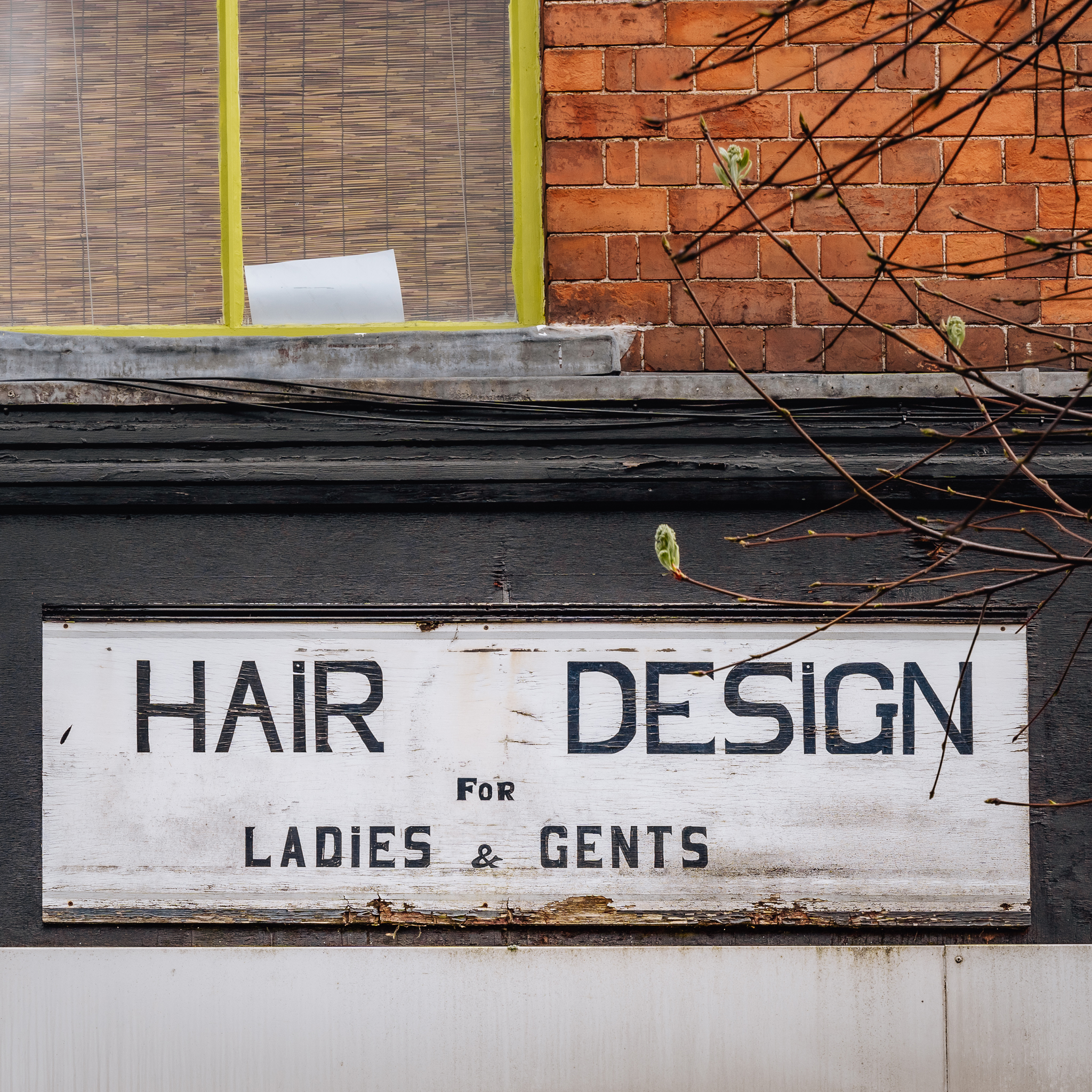
Can you tell us about some of the key ideas or themes that came from the photo-walks?
For each walk, I gave a very simple brief. The artwork is to be mounted on a metal frame which is being supplied by TFWM.
During each photo-walk, I was interested in encouraging people to contribute their thoughts from the walk, or wider ideas and impressions of Halesowen and the Black Country.
People could contribute images and ideas on the day. I also worked with Ikon to develop a simple worksheet that contained a scale drawing of the metal frame – this allowed people to contribute ideas and drawings.
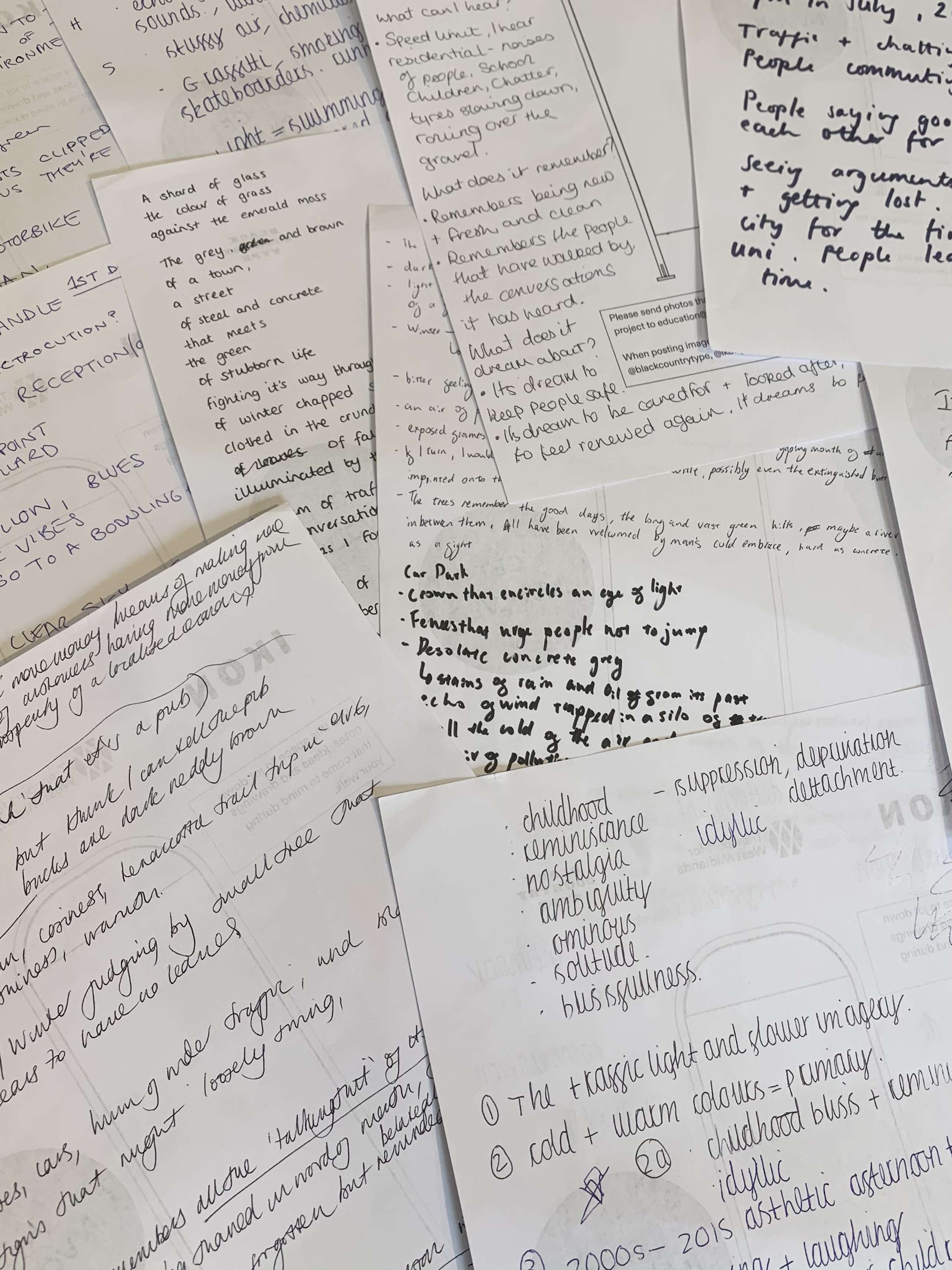
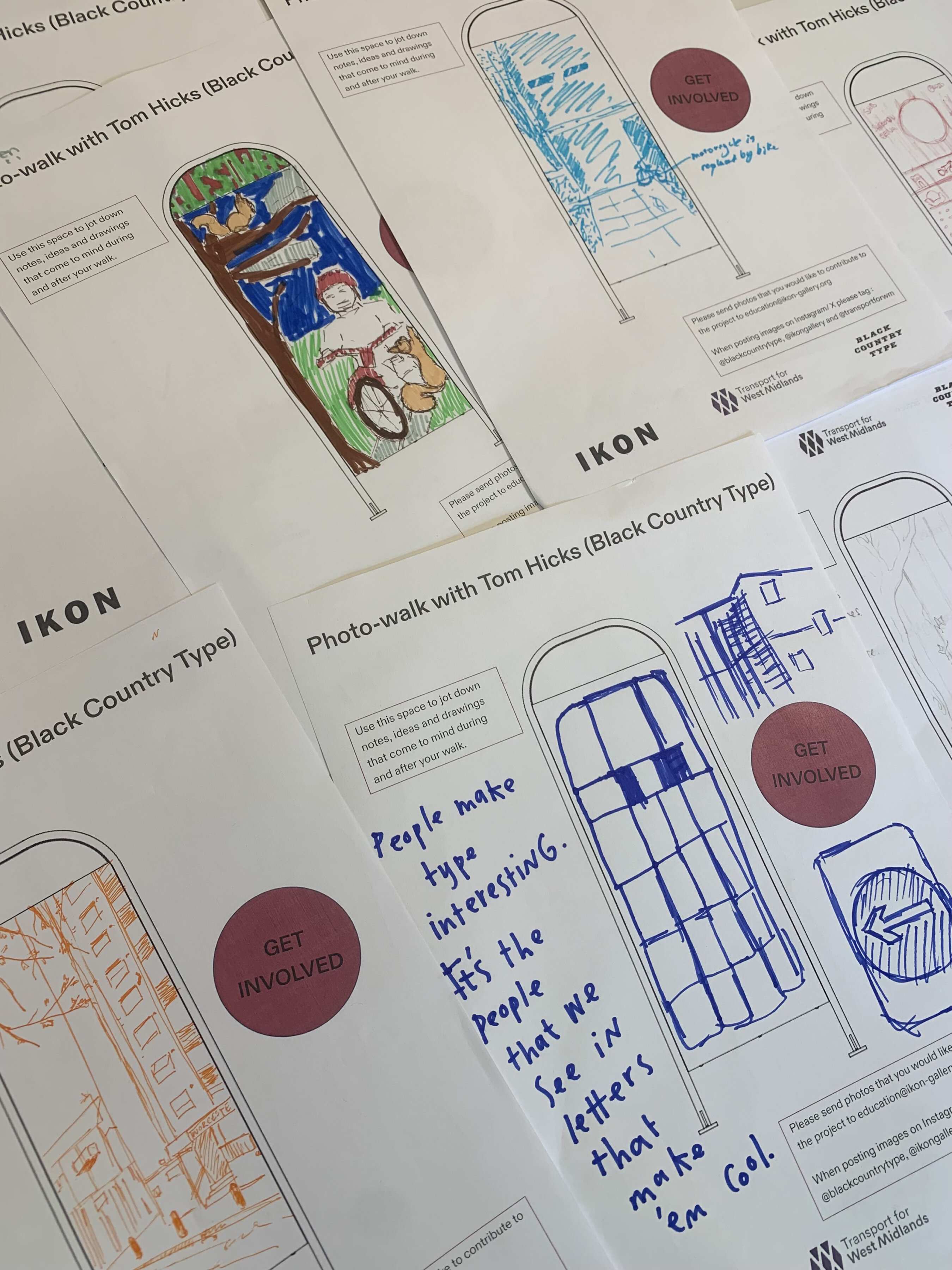
On two walks, I invited the contemporary poet Liz Berry to work with participants on how to use their images to create poetry. Liz and I have previously collaborated on a photo-poetry book called The Dereliction. For this, we developed a method of working where Liz wrote poems that used my images as a starting point.
I felt this would be an incredible way to encourage people to reflect upon their walk in Halesowen and the Black Country as a whole.
In terms of themes, there is such a strong affection for Halesowen. In the photographs, there are several key locations that have emerged as a theme, particularly shop signs.
From the written contributions (reflections and poetry), there is a strong sense of nostalgia for the region. From the poetry sessions, childhood memories are a recurring theme, as is an appreciation of the almost bleak beauty of some areas of the Black Country.
What stage is the project at now?
A key aspect of the project for me has been to research the material and design possibilities for the artwork. I’ve worked through several stages so far.
As soon as I was commissioned by TFWM and Ikon, I created an online mood-board. As part of this, I’ve examined the design drawings for the Cross Street site and made visits to photograph the site of the travel hub and Halesowen town centre.
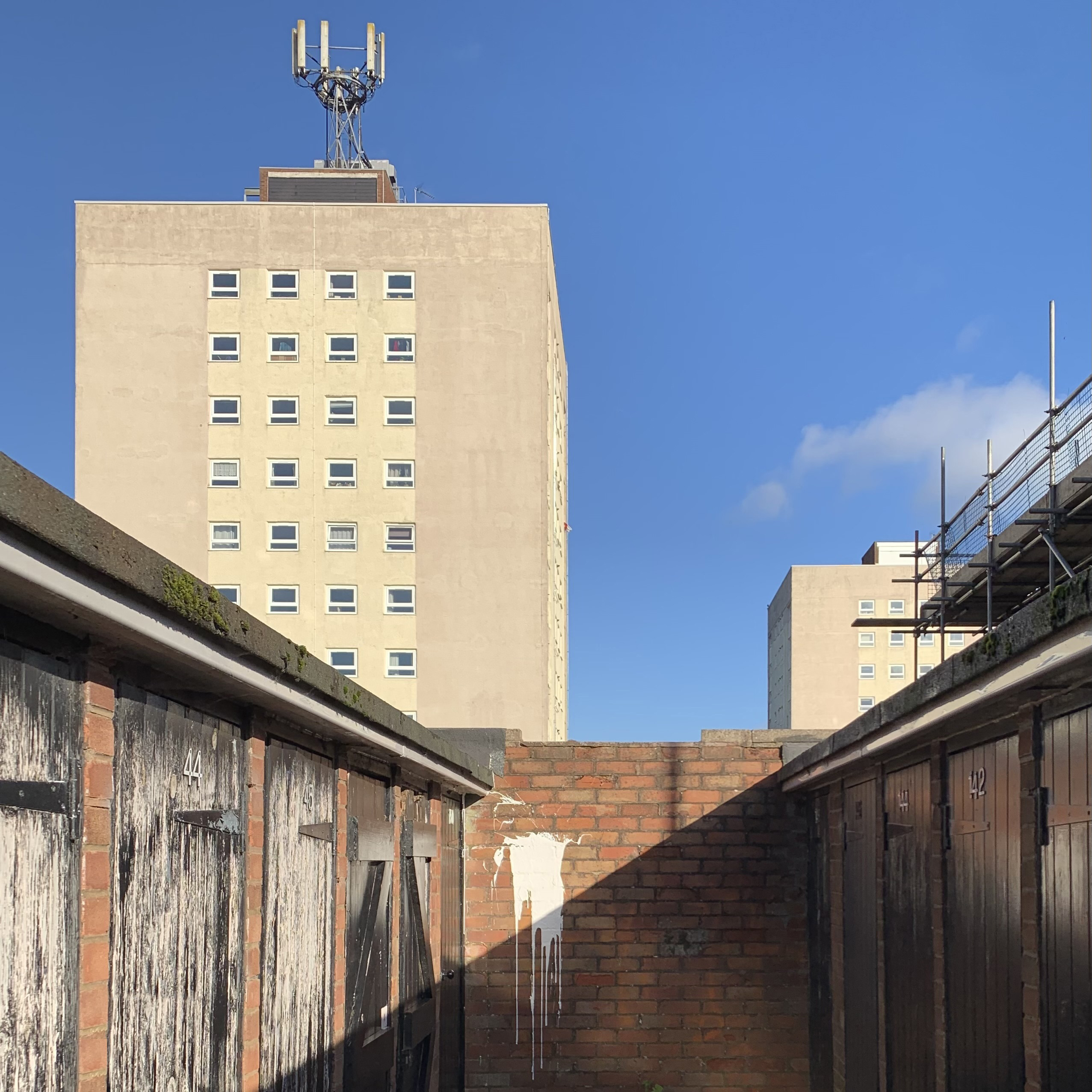
I also examined my own images of the Black County, focusing on those that centre on materials and design. I’m now at the stage where I am developing drawings for the artwork, experimenting with pattern design and incorporating ideas from community engagement workshops with members of the public.
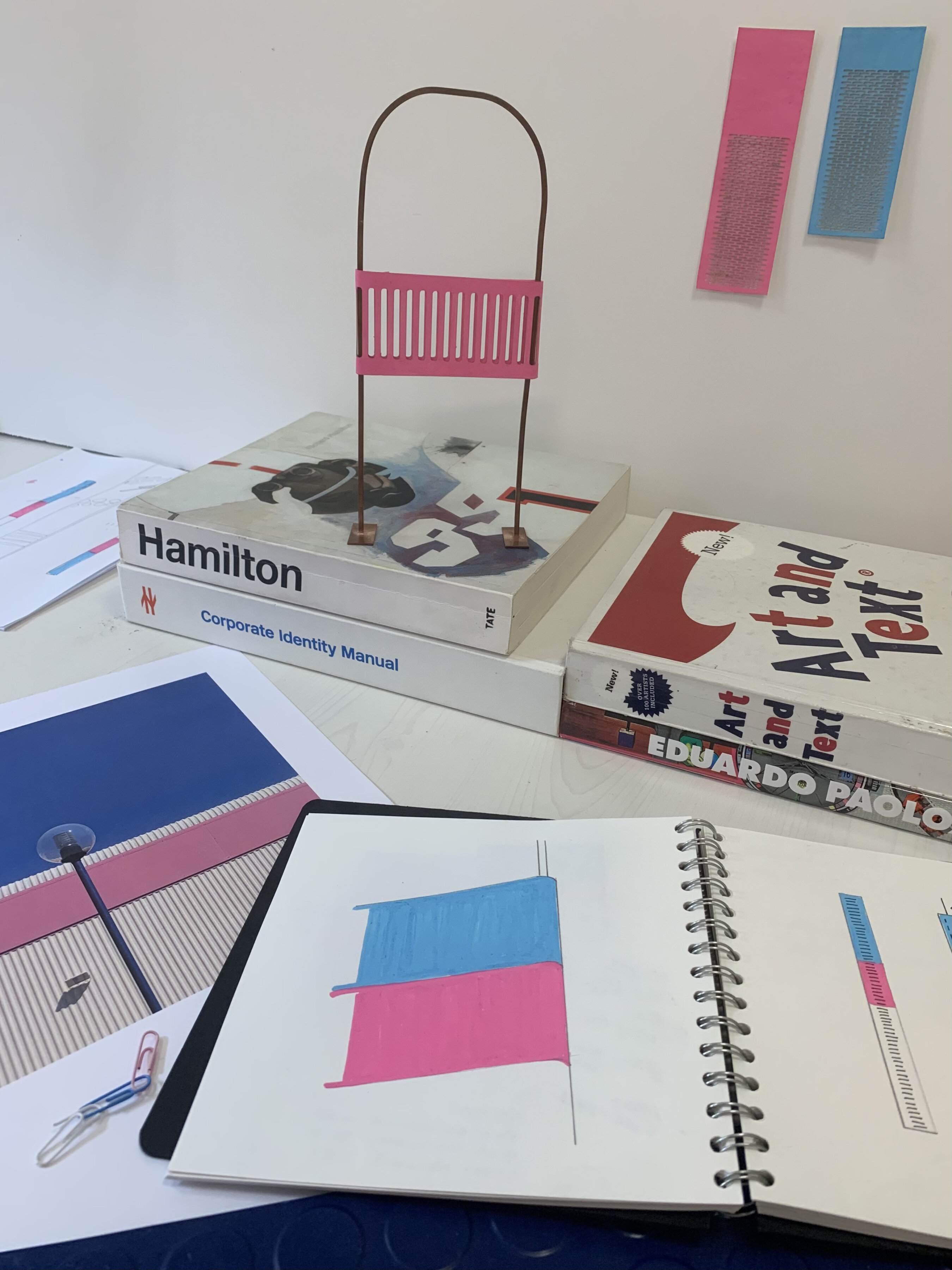
In terms of pattern, I’ve had samples made using laser-cut card. This will allow me to explore ways of translating textures and designs from photographs into 3D.

At this stage, my plan is to develop a metal screen that will be laser cut and attached to the frame. This will allow me to incorporate elements of pattern, colour and design.
I’m also simultaneously examining the drawings, post-it notes, poems and photographs that people have contributed. I’m currently looking at methods of potentially including words on the sculpture in a way that doesn’t overly detract from the simplicity of the design.
How does it feel to be working on your first public sculpture and what does this mean for the development of your artistic practice?
Working on a 3D artwork is such an exciting and multi-layered project.
For me, sculpture presents a unique way to convey the ideas and enthusiasms contained in my art practice. It’s an interesting contradiction for me that my work is about the physical world but that to date it has been largely presented via 2D and virtual methods.
My previous experience of designing an object was when I worked on my book. It was important for me to imbue the book with aspects of the Black Country as a place.
This artwork will allow me to celebrate aspects of the Black Country that I’ve been keen to convey via Black Country Type. It is an opportunity to combine elements such as colour, material and lettering in one artwork.
Related

